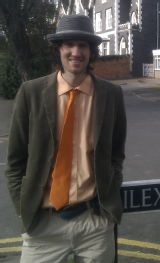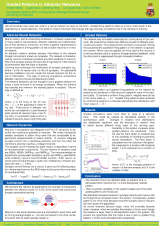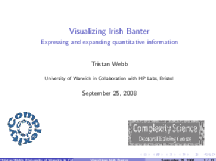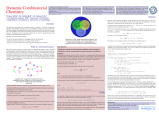Tristan Webb
Welcome to my personal page. I am a graduate student starting a Ph.D. in complexity science. My research interests include computational neuroscience, self organization in complex networks, statistical physics, and parallel computing
PhD: Biologically Plausible Attractor Networks
My PhD looks at networks of neurons and takes it to a new problem area: the cognitive symptoms of aging. This research may lead to descriptions of how it is possible to gracefully relieve the negative symptoms of aging through new or established treatments. These biologically realistic networks are complex systems with non-linear properties including positive feedback and spiking relating noise.
Research Poster
MSc
Visualising Irish Banter
My second miniproject was a collaboration with HP Labs Bristol, supervised by Ian Dickinson(HP), Yasmin Merali(Warwick), and Colm Connaughton(Warwick). We set out to find if discussion forums could benefit from an exploratory search capability. Self organizing maps, a neural network technique, were successfully used as a basis for visualizing high-dimensional data. As part of this miniproject we entered our Forum Map prototype into a 2008 data competition run to encourage research into semantic web technologies. In this miniproject I learned about designing interfaces for exploratory search, where the domain or the goals of the search may be unclear. For instance, users may only be able to submit a tentative query to begin their search. This type of search is distinct from traditional “lookup” queries. Recently, researchers have designed interfaces to explore electronic communication and social networks using drawings of networks. The prototype I created uses a meaningful layout instead of a network view to help guide users to their search goals.
Final Presentation
Report
Dynamical Combinatorial Chemistry
My first miniproject, supervised by Prof. Robin Ball, established a method for examining unknown quantities in chemical mixtures known as dynamic combinatorial libraries. Applications of these mixtures include: mimicking molecular receptors, identification of guest compounds, and measuring the binding affinity of chemical species.
Poster




